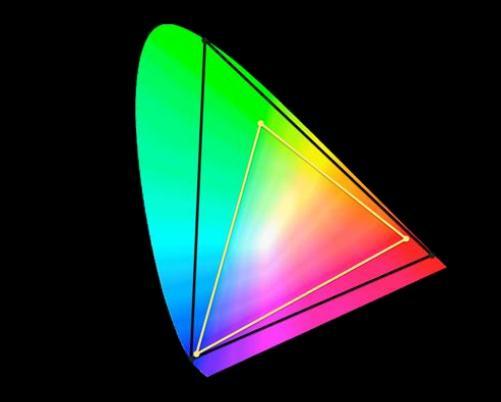1/22/18: This article has been updated to include the embedded video above.
4K TVs have dramatically come down in price recently, and with the holidays approaching, you may be thinking about picking one up. But before you buy, here's an important PSA for you: Don't buy a 4K TV without HDR.
There's no doubt that watching 4K content can look really crisp. With it being four times as sharp as 1080p, 2160p (4K) is the emerging resolution standard for good reason. But having access to a panel that can produce more realistic and vivid colors is arguably more important. That's where HDR comes into play.
HDR stands for high-dynamic range, which is a term you might have heard in the camera realm, but it's somewhat different as it pertains to TVs. When cameras shoot in HDR, they typically take multiple exposures to highlight the contrast between light and dark information in a shot. From there, they process the exposures together to deliver a balanced image that's more representative of how we, as humans, perceive light and color.

HDR TVs also aim to represent hues in a more realistic way, but instead of using multiple exposures and processing to combine images together, HDR TVs simply use displays that offer a much wider color gamut compared to standard RGB panels.

According to Nvidia, compared to sRGB, HDR can expand the color gamut by a factor of two, which makes up roughly 75 percent of the visible color spectrum. It allows colors to provide more granularity, so you can get tones that are more subtle or vibrant. Watching content like Planet Earth II, for instance, exemplifies how video can look much more colorful and lifelike with HDR enabled.

Many new high-end TVs are now bundling 4K and HDR together, but there are several that don't, so it's important to check to see if the respective TV you want to buy supports the feature. Also, any TVs that brandish the Ultra HD Premium label will support both 4K and HDR.
Not all HDR is created equally, however. There are three major standards: Dolby Vision, HDR10, and HLG. Our sister site CNET suggests that Dolby Vision tends to look the best on average, but Dolby does charge TV manufacturers a licensing fee to use the tech, which could be passed down to consumers. At any rate, any HDR TV will look better than an SRGB equivalent. One good affordable option we recommend is TCL's 55P605 or 55P607 4K HDR TV. You can typically find it online for around $650, and it comes with Dolby Vision HDR.
If you want to go the extra mile, you could opt to get a 4K HDR OLED TV, which will offer true black levels since they don't use traditional LEDs and instead opt to use individually backlit pixels. However, while OLED panels are certainly nice, they generally cost much more, and are thus relegated in the "nice to have" category.
But when it comes to HDR, the slight premium you might pay is worth it considering it will be another prominent display standard moving forward.
While HDR content is still in an early state, many of the new blockbuster releases feature 4K HDR Blu-rays and streaming sites like Netflix and Amazon Prime are rolling out new 4K HDR content. When you add in the fact that all the modern consoles support HDR, it's safe to say that it's the next big thing when it comes to panel technology.
In the end, if you're going to spend hundreds of dollars to purchase a nice 4K TV, you might as well make sure it's more future-proof by ensuring it supports HDR.
